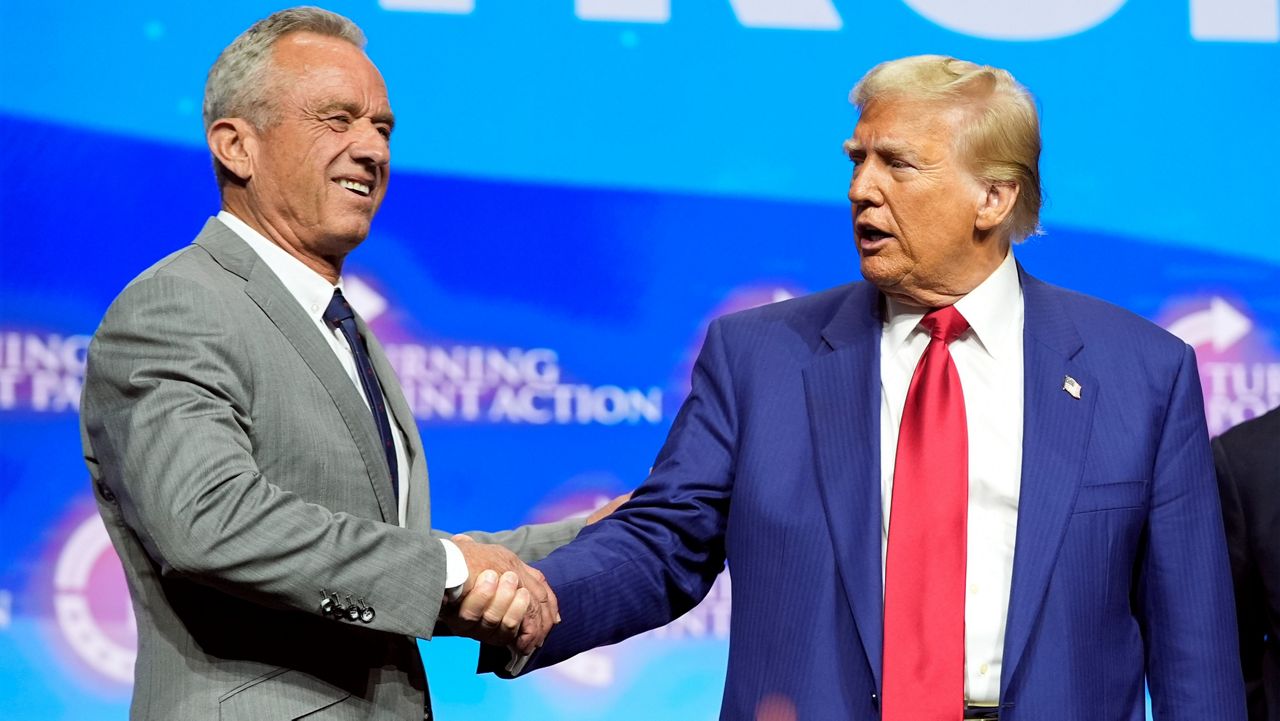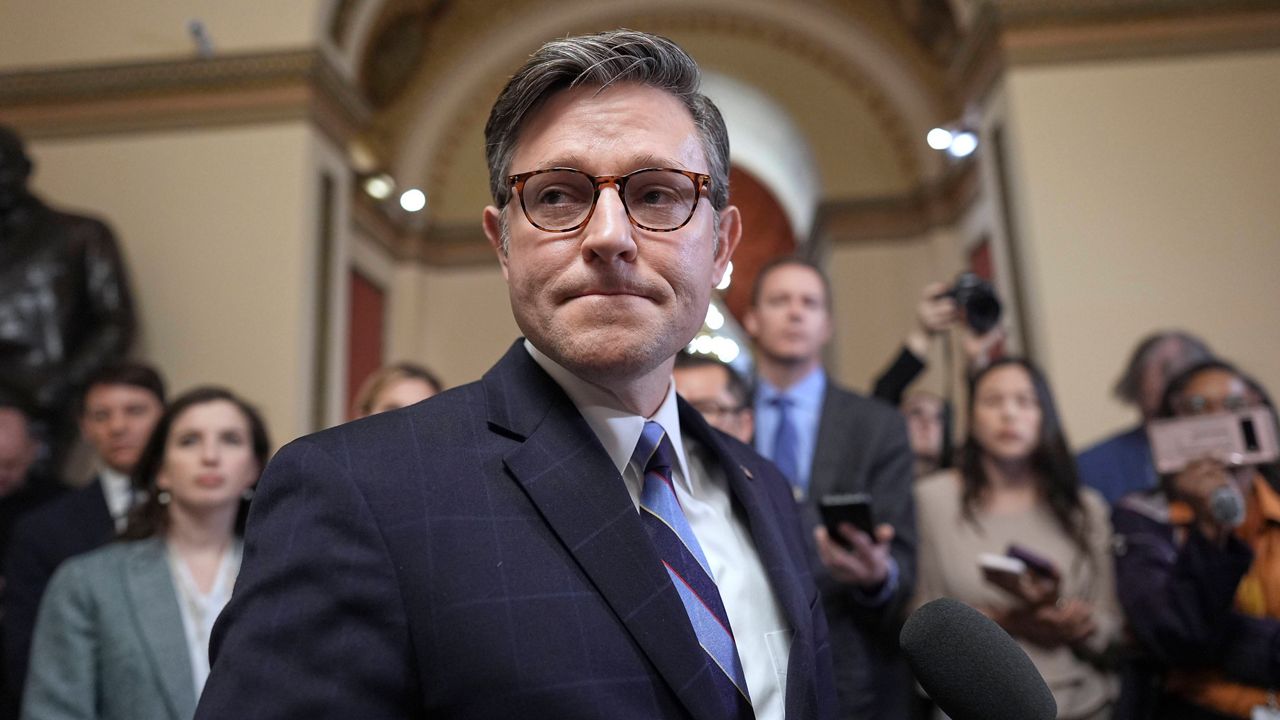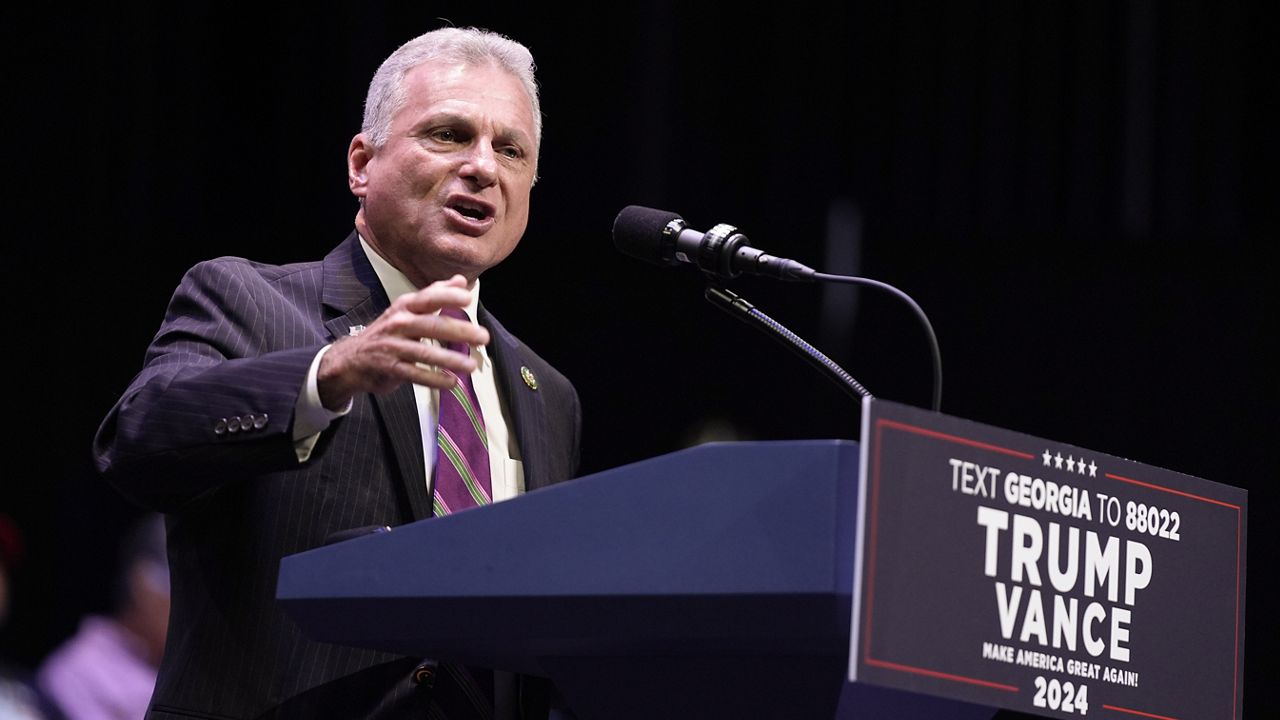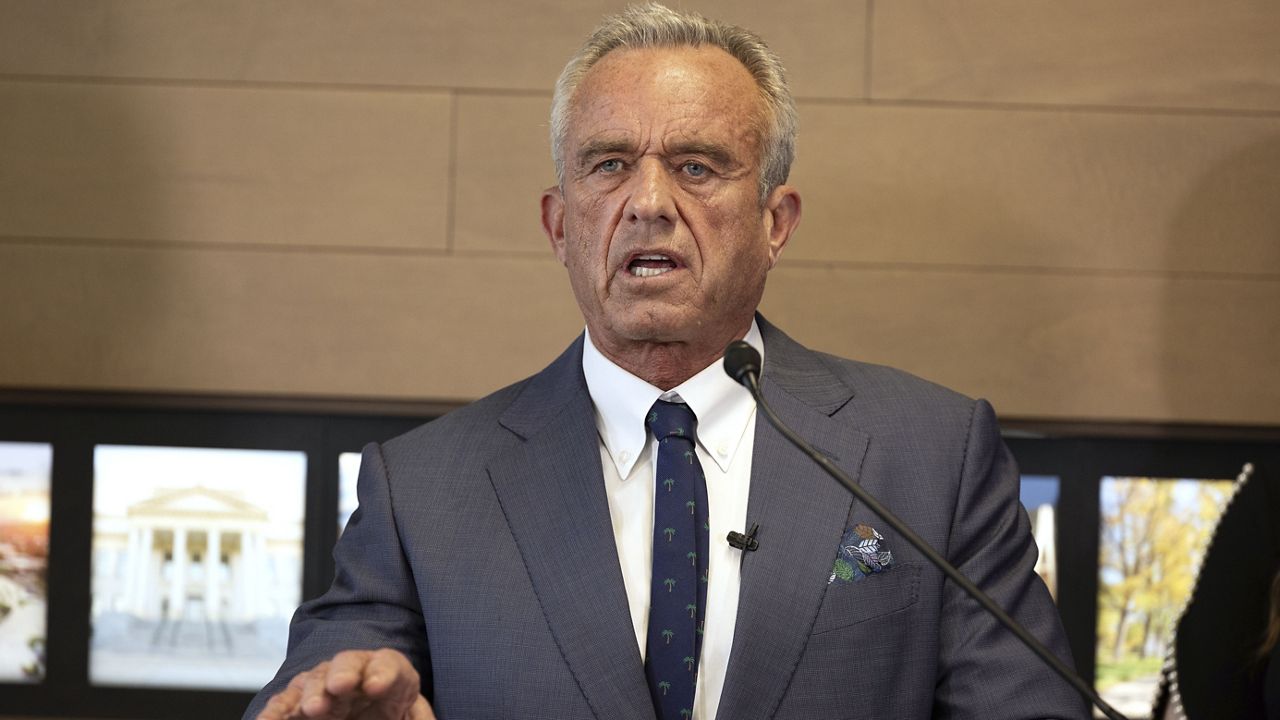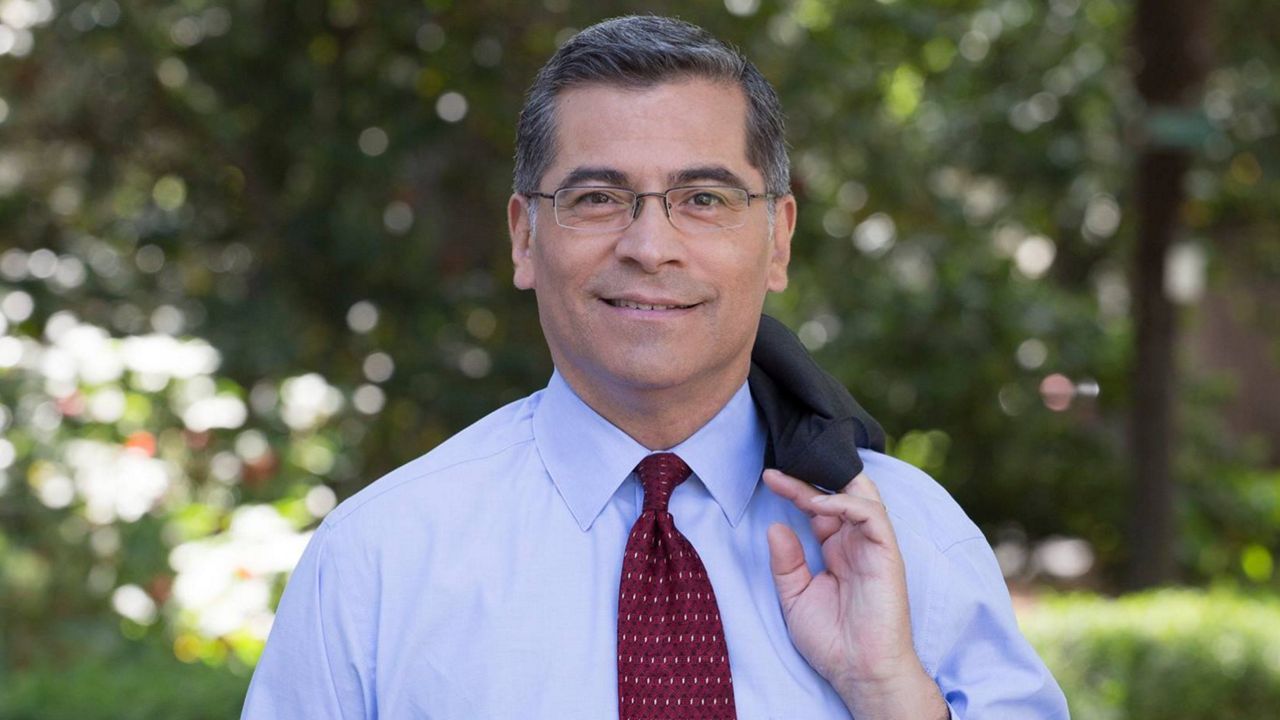In the nearly two weeks since President-elect Donald Trump secured another term in the White House, the political world has been fixated on the growing list of names – with new ones being announced almost every day – that will shape the start of his second administration.
Trump is in a rare position, becoming the only president to serve two nonconsecutive terms since Grover Cleveland in the late 1800s and the nation is looking to his first term to glean any insight on what the next four may look like.
But the uncommon scenario in U.S. history also means Trump has had the last four years to consider want he would want to do differently in a second term and who he would want in key spots throughout the federal government carrying out his agenda in another stint in the Oval Office.
Thus far, the more than a dozen people tapped by Trump to fill the most influential roles in his administration has sparked both outrage and praise – with the reaction not always falling neatly down party lines.
Some of his more controversial choices such as Florida Rep. Matt Gaetz for attorney general and a onetime Democratic presidential candidate with a nuanced stance on abortion, Robert F. Kennedy Jr., to lead the Department of Health and Human Services has been met with skepticism from some within his own party and spurred doubt about the ease of their approval, even in what will be a Republican-controlled Senate next year.
And while there are no guarantees about how the approval process will play out, there is also no telling how long each will stay. By two years after his Jan. 2017 inauguration in his first term, nearly half of the 15 people he initially appointed to head up the executive departments and fill out his Cabinet had resigned or been fired.
By the end of his first term, only four of his initial Cabinet picks announced between the 2016 election and his 2017 inauguration had stayed in their posts for all four years. Two additional ones, however, stayed nearly the whole term and resigned after the Jan. 6, 2021, attack on the Capitol, just weeks before Trump left office.
President Joe Biden’s time in office has been marked by a notably low turnover rate as it pertains to his Cabinet. The current Democratic president has had just two secretaries leave their roles over his four years in the White House. He has had only two chiefs of staff.
But shake ups in a president’s Cabinet and other high-pressure White House roles is far from uncommon. According to the Center for Presidential Transition, a nonpartisan organization tracking transitions and acting as a resource to candidates, former President George W. Bush had the highest turnover rate of the last four presidents’ first term.
Here is how long each of Trump’s picks for Cabinet roles and other key White House and administration positions remained in their jobs during his first four years in office.
Chief of staff
Trump first tapped Reince Priebus, who had been serving as the chair of the Republican National Committee, to run his White House four days after the election was called in his favor. He served just six months in the role before Trump ousted him, announcing in a post on what was then Twitter that he had picked a new chief of staff on July 28, 2017.
After Priebus, Trump would then go on to have three more people serve in the role for a total of four chiefs of staff during his first term in office.
The Cabinet: Heads of executive departments
As mentioned, Trump had four secretaries he appointed between the November 2016 election and his January 2017 inauguration stay in their roles throughout his first four years in office. Those officials were former Treasury Secretary Steven Mnuchin, former Commerce Secretary Wilbur Ross, former Housing and Urban Development Secretary Ben Carson and former Agriculture Secretary Sonny Perdue.
Two other former cabinet officials, Secretary of Transportation Elaine Chao and Secretary of Education Betsy DeVos, nearly served out Trump’s full term, resigning just two weeks before he left office in the immediate aftermath of the Jan. 6, 2021, attack on the Capitol.
Trump’s first major Cabinet shake-up came in July 2017, six months into his time in office, when he pulled his Homeland Security Secretary John Kelly to replace Priebus as his chief of staff. Kirstjen Nielsen would go on to take over for Kelly in the Department of Homeland Security’s top role before being ousted in April 2019.
One more executive department head chosen for his position at the start of Trump’s presidency left before a year in the role – Health and Human Services Secretary Tom Price. Price left his role as Health and Human Services secretary on Sept. 29, 2017 amid a scandal around his potential use of private and government planes.
A wave of Cabinet officials would leave in Trump’s second year as president, including the heads of the State Department, Interior Department, Veterans Affairs Department, Justice Department and the Pentagon. Secretary of State Rex Tillerson left the role in March 2018 followed by the departure of Veterans Affairs Secretary David Shulkin the same month, with Shulkin insisting he was fired while the White House said he resigned.
Trump fired his initial pick to lead the Department of Justice, former Attorney General Jeff Sessions, nearly two years into his first term on Nov. 7, 2018.
The announcement of Interior Secretary Ryan Zinke's departure came in December 2018 as he faced federal investigations into his political activity. The year closed out with Trump’s initial pick to head the Pentagon, Defense Secretary James Mattis, resigning in late December 2018.
Trump’s third year in office brought the resignations of his first Labor secretary – although not his initial pick for the role – and Energy secretary. Alex Acosta left the Labor Department in July 2019. He was chosen for the role after Trump’s first pick Andy Puzder withdrew his nomination. Trump’s first Energy Secretary, Rick Perry, meanwhile, announced in Oct. 2019 that he was stepping down from the role.
Other key roles
Meanwhile, the former president and now president-elect’s initial pick for ambassador to the United Nations, Nikki Haley, left her role nearly two years into the administration in October 2018 and eventually unsuccessfully challenged Trump's hold on the Republican Party during the 2024 presidential primaries.
Trump’s first pick to head the Environmental Protection Agency, Administrator Scott Pruitt, resigned about a year and a half into Trump’s first term in July 2018 amid controversy.




